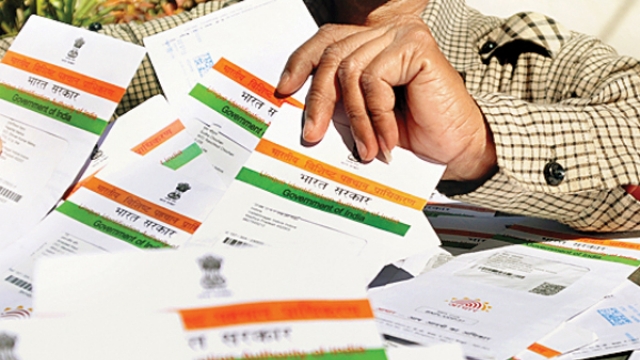Despite having fewer children, women doing ‘other work’ have more girls. The sex ratio of children for this group is the highest of all categories, at 932 girls for every 1,000 boys, the Census data shows. In comparison, women who do not work have just 873 girls for every 1000 boys, the worst sex ratio of all categories.
In India, typically, not working among women is associated with being better-off, demographer Dr P Arokiasamy, Professor and Head of Department at the International Institute for Population Sciences, says; in other words, you don’t work only if you can afford not to. “Since non-workers could be well-to-do, they have better access to pre-natal sex determination technologies,” Dr Arokiasamy says. Women working in non-agricultural fields are likely to be better educated, which explains their smaller families, he says.
Overall, fertility is falling in India but sex ratios are getting worse, as the need for a small family forces a country with a preference for boys to use sex determination and abortion technologies to ensure that at least one of their two children is a boy.
Watch video here:
(Sourced from agencies, feature image courtesy:idiva.com)
























